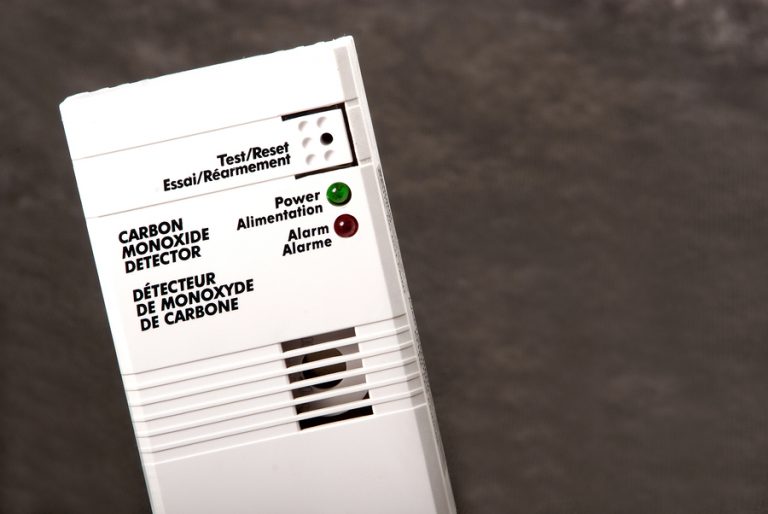
Sometimes what you can’t see can hurt you…or even kill you. That’s what happens with carbon monoxide (CO)—an odorless, colorless gas that can be emitted through generators, grills, fireplaces, gas ranges or furnaces in your home.
According to the Centers for Disease Control and Prevention, more than 400 Americans die from unintentional CO poisoning not linked to fires in the United States each year. There are more than 20,000 visits to the emergency room and more than 4,000 hospitalizations each year due to clinical signs of CO poisoning.
Poisoning from carbon monoxide is harmful because it displaces oxygen in the blood, and then deprives the heart, brain and other vital organs of oxygen. It happens fast, when you lose consciousness and suffocate.
Preventing Carbon Monoxide Poisoning in Your Home
The best thing you can do to prevent carbon monoxide poisoning in your home is to be diligent.
- Have your heating system, water heater and any other appliances that burn gas, oil or coal serviced each year by a qualified technician
- When you buy gas equipment, be sure it is carrying the seal of a national testing agency like Underwriters’ Laboratories
- Have appropriate ventilation for gas appliances
- Vent pipes should not be patched using tape or gum as it can make CO build up in your home or camper—contact a trained technician to help with fixing vent pipes
- Never use a generator inside your home, garage or basement. They need to be no less than 20 feet way from any windows, doors or vents
- Never use a portable gas camp stove indoors
Another way CO can be emitted into your home is via the exhaust from your vehicle if it is running in your attached garage—the fumes can seep into your home. Never run your car with the door closed.
Contact the experts at Best Heating & Cooling to help keep your home and family safe with routine maintenance.